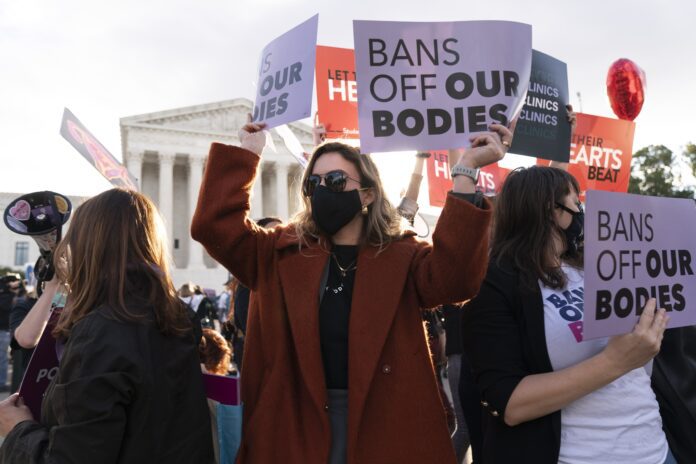The Texas law is doing what its authors intended. In its first month of operation, a study published by researchers at the University of Texas found that the number of abortions statewide fell by 50% compared with September 2020. The study was based on data from 19 of the state’s 24 abortion clinics, according to the Texas Policy Evaluation Project.
Texas residents who left the state seeking an abortion also have had to travel well beyond neighboring states, where clinics cannot keep up with the increase in patients from Texas, according to a separate study by the Guttmacher Institute.
The Supreme Court is weighing complex issues in two challenges brought by abortion providers in Texas and the Biden administration. Those issues include who, if anyone, can sue over the law in federal court, the typical route for challenges to abortion restrictions, and whom to target with a court order that ostensibly tries to block the law.
Under Supreme Court precedents, it’s not clear whether a federal court can restrain the actions of state court judges who would hear suits filed against abortion providers, court clerks who would be charged with accepting the filings or anyone who might some day want to sue.
People who sue typically have to target others who already have caused them harm, not those who might one day do so and not court officials who are just doing their jobs by docketing and adjudicating the cases.
The justices’ history with the Texas law goes back to early September when, by a 5-4 vote, they declined to stop it from taking effect.
At the time, five conservative justices, including the three appointees of President Donald Trump, voted to let the law take effect. Chief Justice John Roberts joined the court’s three liberals in dissent.
The abortion providers had brought the issue to the court on an emergency basis. After they were rebuffed, the Justice Department stepped in with a suit of its own.
U.S. District Judge Robert Pitman granted the Justice Department’s request for an order that put the law on hold. Pitman wrote in a 113-page ruling that the law denied women in Texas their constitutional right to an abortion and he rejected the state’s arguments that federal courts shouldn’t intervene.
But just two days later, the 5th U.S. Circuit Court of Appeals overrode Pitman and allowed the law to go back into effect.
The Justice Department made its own emergency appeal to the Supreme Court. Rather than rule on that appeal, the court decided to hear the two suits just 10 days later and without the benefit of an appellate court decision.
At the arguments, two Trump appointees appeared to have doubts about the Texas law. Justices Amy Coney Barrett and Brett Kavanaugh questioned whether the law allowed people who are sued to air their constitutional claims in court and whether it would lead to a spate of copycat laws on abortion and other rights protected by the Constitution.

